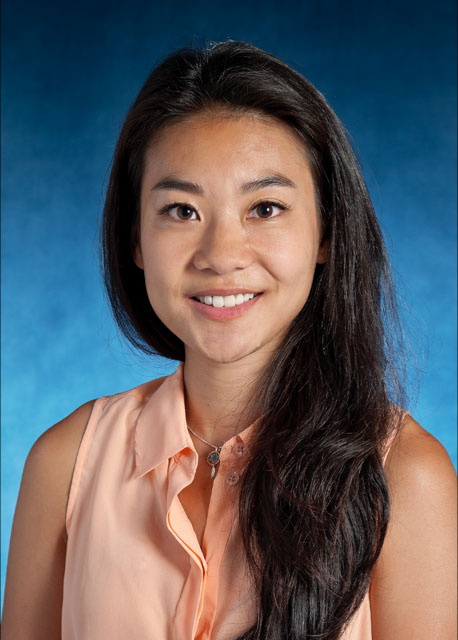
Using High-fidelity Data to Improve Care and Reduce Risk for Patients on ECMO
May 25, 2021
Stephanie Cha, M.D.
- Assistant Professor, Anesthesiology & Critical Care Medicine
- Divisions of Cardiothoracic Anesthesiology and Critical Care
- Johns Hopkins University School of Medicine
Hear Dr. Cha describe how the staff at Johns Hopkins monitored complex ECMO patients during the pandemic while finding ways to reduce frontline caregiver risk.
The COVID pandemic resulted in a high incidence of patients with respiratory distress. While the use of mechanical ventilation helped some patients, others experienced acute lung failure, leading to a steady increase in the need for ECMO. The challenge with patients on ECMO is that even the smallest movement can be life-threatening, resulting in the need for constant bedside supervision. Download the full replay to learn more about how staff at Johns Hopkins needed to monitor these complex patients while finding ways to reduce frontline caregiver risk. Discover how they:
- Initiated virtual rounding so providers could monitor patients from offices, conference rooms, and home.
- Augmented bedside staff with an eye-piece camera and microphone to provide an added layer of monitoring support to virtual rounding staff.
- Enabled access to all real-time and retrospective waveform data from the bedside so care teams could remotely automate trends, recognize patterns, plot correlations, and more accurately and quickly assess patients and reduce risk
PREVIEW CLIPS FROM THE WEBINAR
Click on a video below to watch.
What Inspired Dr. Cha to Specialize in these Complex Patients
Is it a Progressive or Rapid Change? How Full Resolution Trend Data Tells the Truth
Demonstrating Improvement in Oxygenation with Data
Creating Custom High Fidelity Trend Templates to Monitor from Afar
Setting Up Virtual Rounding for COVID
Impact of COVID on the Management of ECMO Patients
About ECMO Patients and their Typical Outcomes
